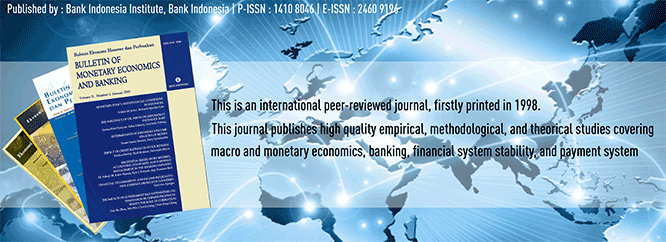
Document Type
Article
Abstract
For the past few years, regionalism has been progressing in East Asia with the likes of Cina, Japan, and Korea (CJK) as the most prominent actors. Unfortunately, with the absence of trade arrangement amongst the CJK, the present regional trade scheme is not sufficient to reach sustainability. This paper uncovers the inefficient scheme through Engle-Granger Cointegration and Error Correction Mechanism. Moreover, the paper underlines the importance of triangular trade agreement for accelerating the phase of growth in CJK which eventually create a spillover effect to East Asia as a whole. Employing Two Stage Least Squares in a static panel fixed effect model, the paper argues that the spillover effect will function as an impetus for creating region-wide FTA. Furthermore, the paper also identifies a number of economic and political factors that can support the formation of East Asian Regionalism.
Recommended Citation
Hastiadi, Fithra Faisal
(2010)
"MAKING EAST ASIAN REGIONALISM WORKS,"
Bulletin of Monetary Economics and Banking: Vol. 13:
No.
1, Article 1.
DOI: https://doi.org/10.21098/bemp.v13i1.386
Available at:
https://bulletin.bmeb-bi.org/bmeb/vol13/iss1/1
First Page
103
Last Page
124
Creative Commons License

This work is licensed under a Creative Commons Attribution-NonCommercial 4.0 International License
Country
Japan
Affiliation
Waseda University







